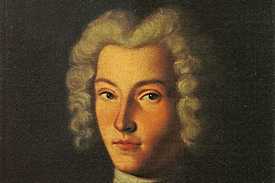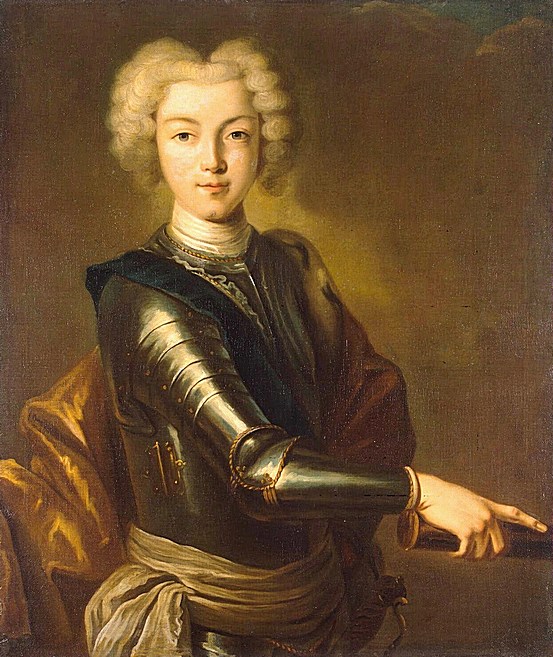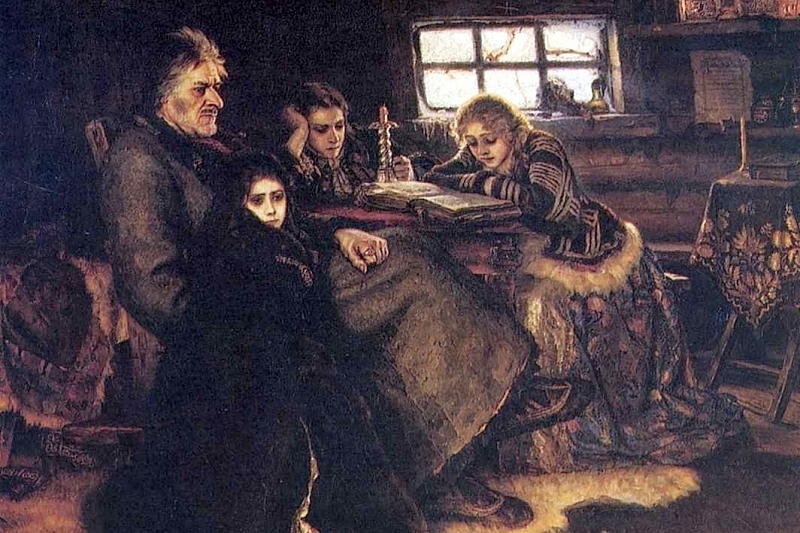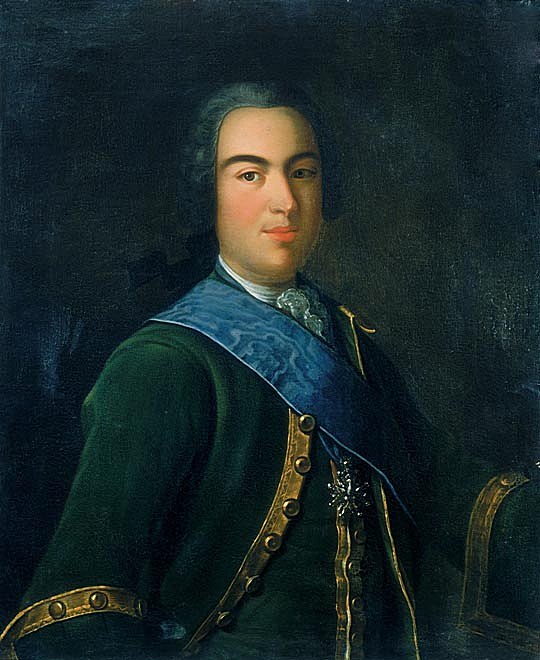Peter II

Born: St. Petersburg, 12 (23) October 1715
Died: Moscow, 19 (30) January 1730
Reigned: 1727-1730
The grandson of Peter the Great, and son of Tsarevich Alexey (who was accused of treason by his father and died imprisoned in the Peter and Paul Fortress in 1718) and his wife, the German Princess Charlotte of Brunswick-Lüneburg, Peter II ascended to the Russian throne when he was only eleven years old. In large part due to his youth, Peter's short reign was marked by the efforts of various nobles and clans to gain influence over the boy.

This jostling and conniving began under the reign of Catherine I, who meant to marry him off to Maria, the daughter of Prince Menshikov, that comrade of Peter the Great who had become an all-powerful "advisor" during Catherine's six-year reign. Shortly after Catherine's death in 1727, the twelve-year-old Emperor was indeed betrothed to the sixteen-year-old Maria Menshikov. The influential Menshikov, for all practical purposes the ruler of the country and head of the Supreme Privy Council, did everything in his power to protect and promote the young Emperor. He even began building a palace for him not far from his own, which was the largest palace in the capital at that time. However, Menshikov fell seriously ill and was unable to attend court, so the Emperor rapidly fell under the influence of his teacher, the Vice Chancellor Osterman and the new favorite, Ivan Dolgorukov. In the blink of an eye, the Menshikov estates were confiscated, he himself was forced to resign and, together with his entire family (including the recent "Tsar's Bride", whose engagement to Peter was dissolved), he was exiled to the city of Berezov in Siberia.

Meanwhile, under the influence of Ivan Dolgorukov, who was seven years his senior and an elder companion in jolly amusements, Peter quickly acquired a taste for hunting. Having brought his entire Court with him to Moscow for the coronation ceremony that was traditionally held in the Kremlin's Uspensky Cathedral, the new Tsar quickly recognized the merits of the hunting grounds in the city's vicinity, and had no desire to forsake these pleasures and return to dank Petersburg. Thus, for all practical purposes, the capital of the country was transferred back to Moscow, and the boyar Dolgorukov clan acquired complete control over the young Emperor.

The old aristocracy saw in the return of the Tsar to Moscow a revival of the old pre-Petrine traditions and way of life, while that part of the aristocracy which had ridden the wave of Peter the Great's reforms lamented the possible loss all of that previous era's grand achievements. Meanwhile, the Dolgorukov clan decided to cement their familial relationship with the Emperor by arranging a marriage between Peter and the sister of his favorite, the young Princess Catherine Dolgorukova. The date of the wedding was set, but then, at the beginning of 1730, the young Tsar became ill with smallpox, and passed away on the very day that the wedding was supposed to take place. Several weeks later, the Dolgorukovs were already on their way to Siberian exile, following that same bitter road which two years earlier had been travelled by Prince Menshikov and his family. To protect themselves from similar unpleasantness, the nobles from the Supreme Privy Council decided to place upon the throne someone who depended upon them completely.

